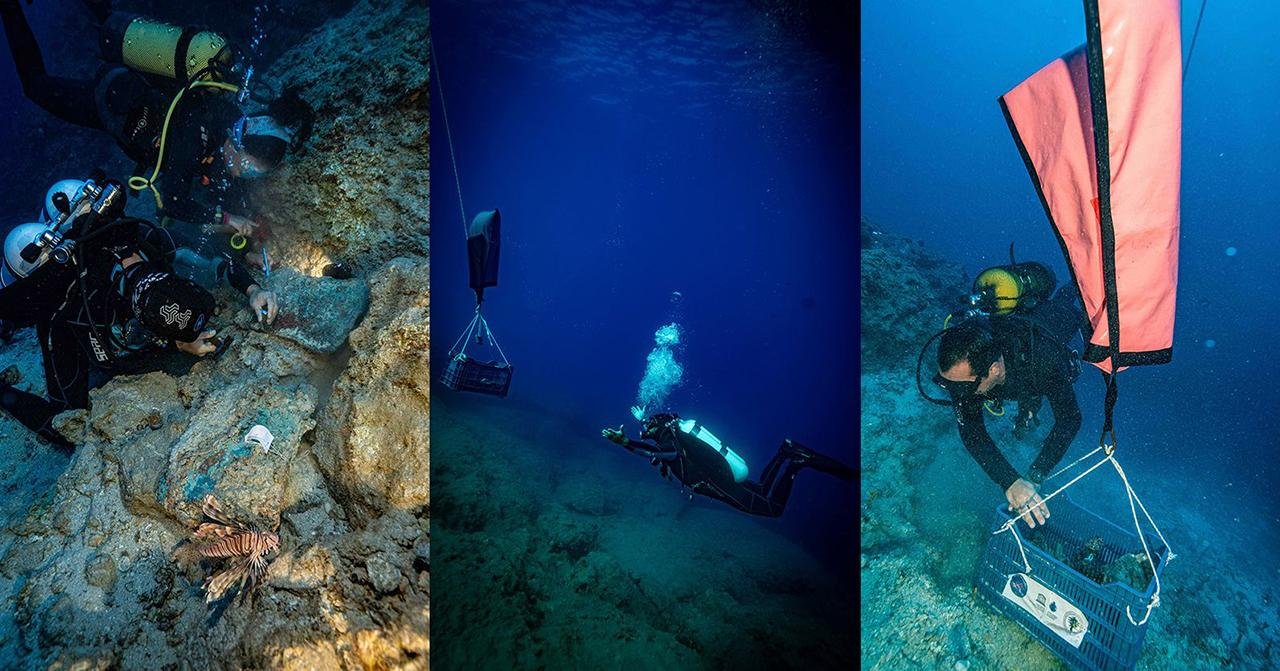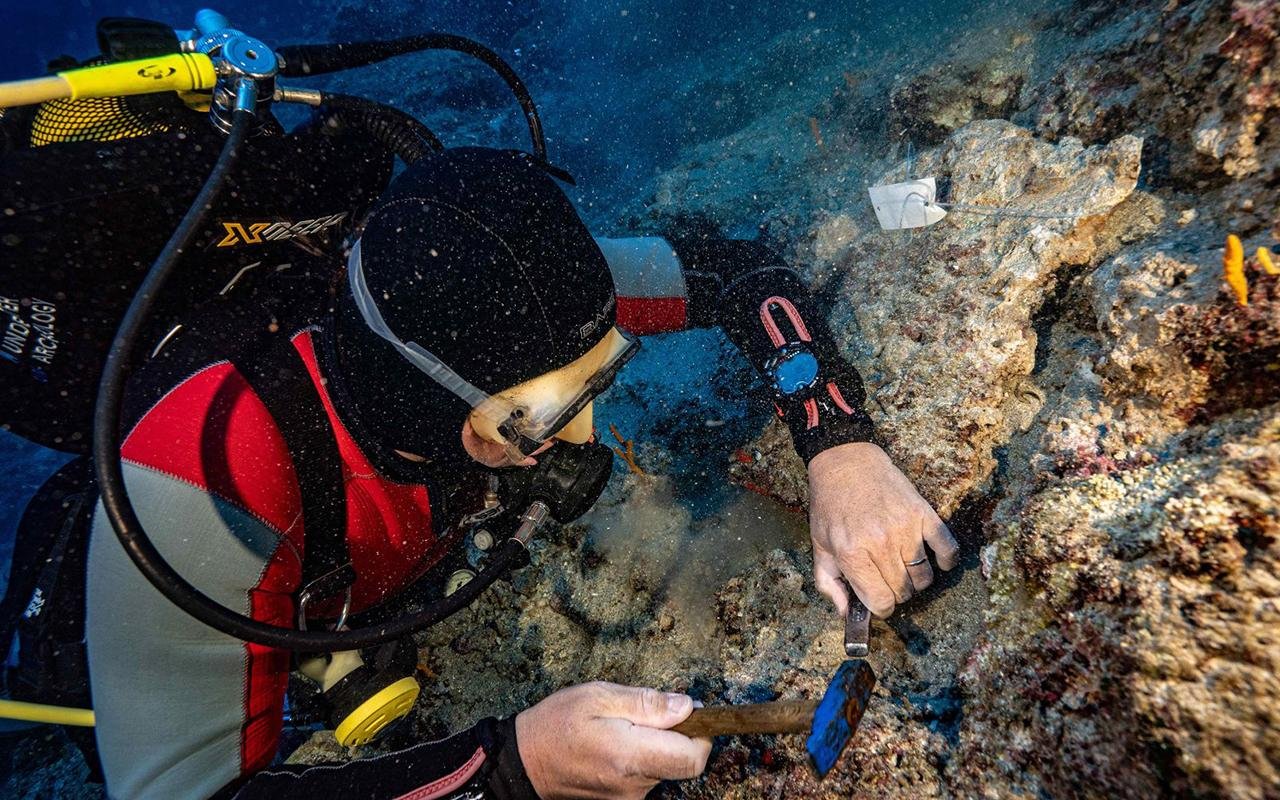Underwater archaeologists from Nicolaus Copernicus University in Toruń have discovered what may be the earliest known instance of a vessel transporting copper ingots, located just off the coast of Turkey.
 Scientists from the Underwater Archeology Center of the Nicolaus Copernicus University in Toruń studied a Bronze Age shipwreck sunk off the coast of Turkey. Credit: Mateusz Popek / Nicolaus Copernicus University of Toruń
Scientists from the Underwater Archeology Center of the Nicolaus Copernicus University in Toruń studied a Bronze Age shipwreck sunk off the coast of Turkey. Credit: Mateusz Popek / Nicolaus Copernicus University of Toruń
The wreck, dating back to the Bronze Age, challenges conventional notions of shipwrecks, as it lacks typical structural remains but instead reveals a cargo hold filled with copper bars resting on the seabed.
Dr. Andrzej Pydyn, a professor at the Center for Underwater Archaeology at the University of Toruń, explains, “In reality, at least until today, we haven’t come across a single piece of wood from which the ship was built, nor have we found any anchors, which I believe should exist.”
The vessel, likely en route from the Bay of Antalya to destinations in the Aegean Sea or Cyprus, met its tragic end, possibly pushed against rocks during a storm, causing a rapid sinking. The heavy cargo of copper bars slid down a steep underwater slope, scattering across depths ranging from 35 to over 50 meters.
 Preliminary analysis shows that the copper in the surface layer is contaminated, which contains a lot, up to 10% of iron compounds. Credit: Mateusz Popek / Nicolaus Copernicus University of Toruń
Preliminary analysis shows that the copper in the surface layer is contaminated, which contains a lot, up to 10% of iron compounds. Credit: Mateusz Popek / Nicolaus Copernicus University of Toruń
This finding is significant not only for its age, tentatively dated around 1500 BCE but also for its implications regarding ancient maritime trade networks. Copper, a vital resource for bronze production, was in high demand during the Bronze Age, and the discovery of such a vessel laden with copper ingots underscores the complexity and scale of trade during this period.
Moreover, the absence of wooden remnants is explained by the destructive nature of ship borers in the Mediterranean, which rapidly consume exposed wood. “The lack of wood is not unusual,” notes Professor Pydyn. “In the Mediterranean basin, any wooden ship element not covered by bottom sediments or cargo is eaten by the shipworm (Teredo navalis).”
The location of the wreck further supports its identification as a maritime disaster. Exiting from Antalya Bay into the open sea posed navigational hazards due to changing currents and winds, and the presence of nearby wrecks from different chronological periods indicates a perilous maritime environment.
Despite the challenges posed by the underwater terrain and the absence of conventional markers, the researchers remain optimistic about further exploration. PH๏τogrammetric documentation and 3D modeling of the seabed and artifacts are underway.
As Professor Pydyn concludes, “The age of this find is the most impressive. It confirms a very early complex scale of copper trade.”





